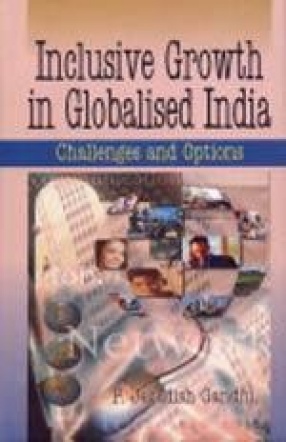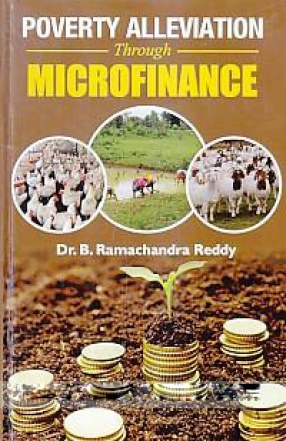Value is a dynamic term dependent on factors such as comparable offerings and competitive prices, and value chain is the realization of all the links that exist between the supplier and the customer. Michael Porter (Competitive Advantage, 1985) conceptualized value chain as a standard for developing strategy in organizations. A Strategist is more likely to embrace the value chain rather than the supply chain, for creating strategies. Consumers must be willing to pay for the competitive offering, a price that exceeds all the costs that the firm undertakes in creating it. In any other case, the firm or the industry cannot survive in the long-term. Again, merely satisfying buyer’s needs is not enough for a firm; it is the profitability through value offering that is crucial for competitive advantage. Can value chain provide this? The strategy mix, the relationship to scope, and a source for competitive advantage can be achieved through the composition and interrelationships exploitation of the value chain. Some of the major aspects of value chain, covered in this book are: · Conceptual understanding of the value chain and its benefits · Disruption and reconfiguration of value chain can create a source of competitive advantage · Using value chain to build the generic strategy of cost-differentiation-focus · Changes in Technology and Globalization impacting value chain · Applications of value chain for on-line learning, knowledge management, international business, with focus on consumer goods, information technology and operations.
Inclusive Growth in Globalised India: Challenges and Options
Ever Since the Planning ...
$63.00
$70.00





There are no reviews yet.